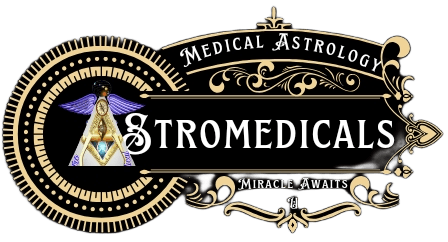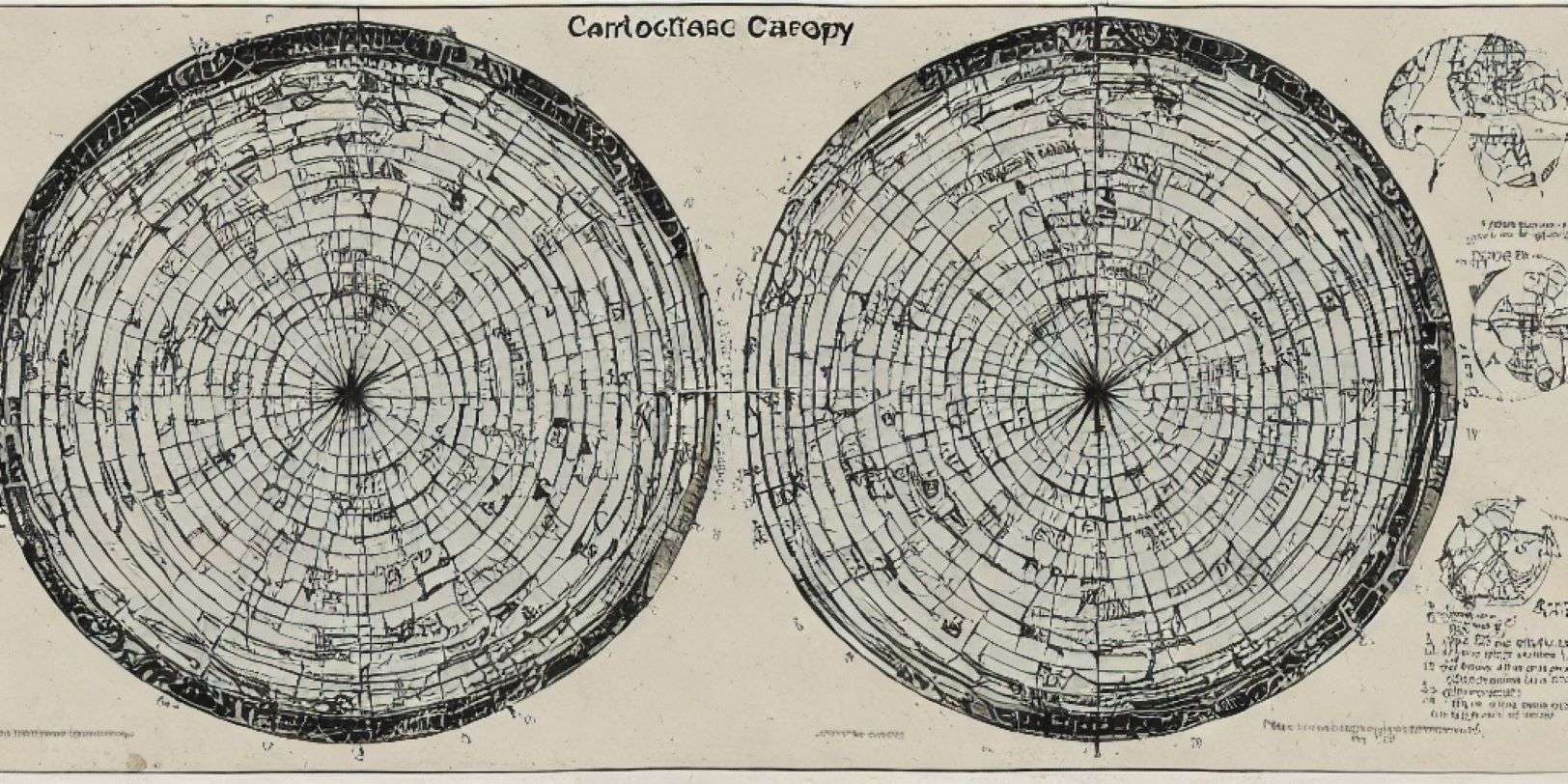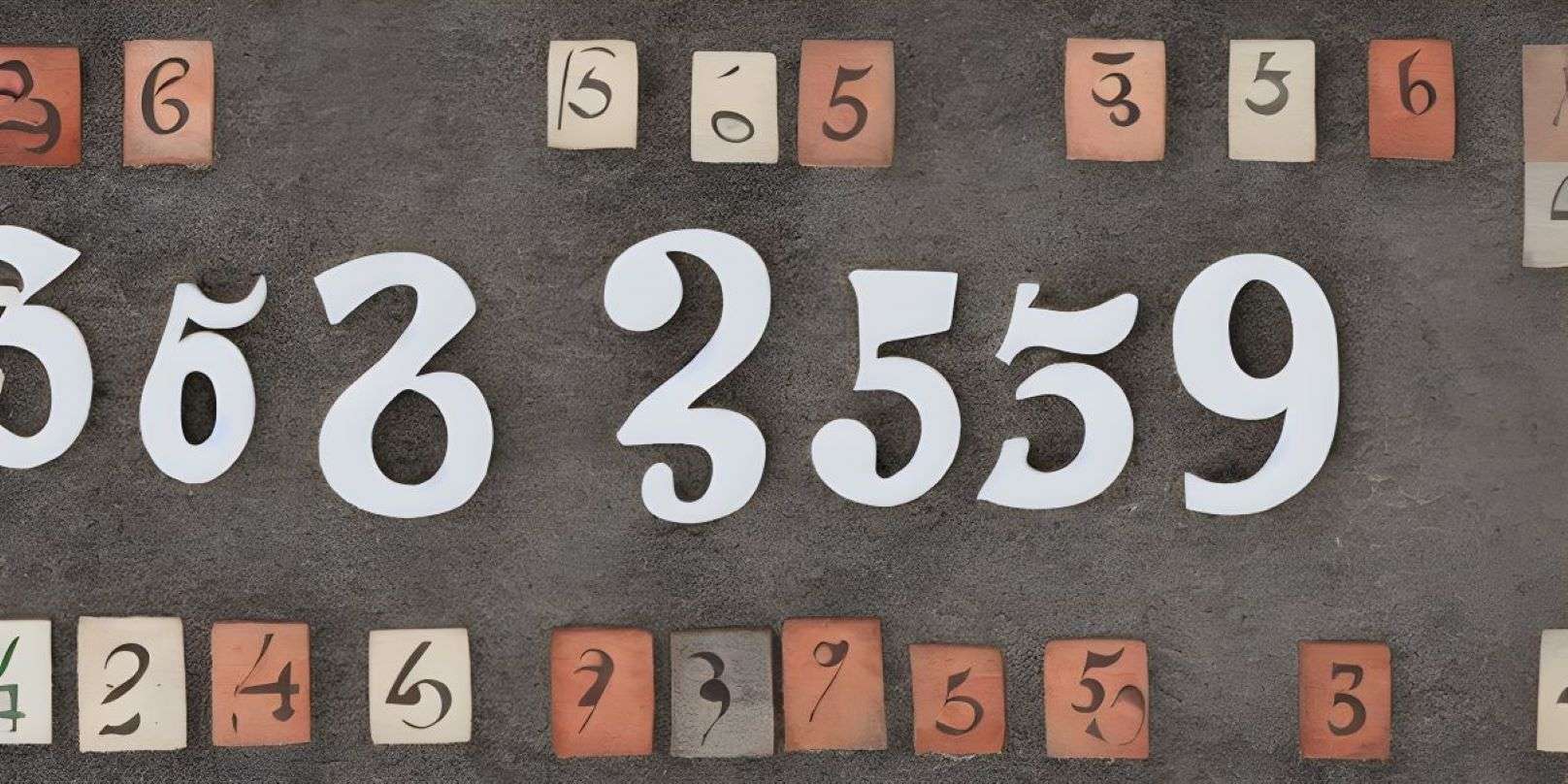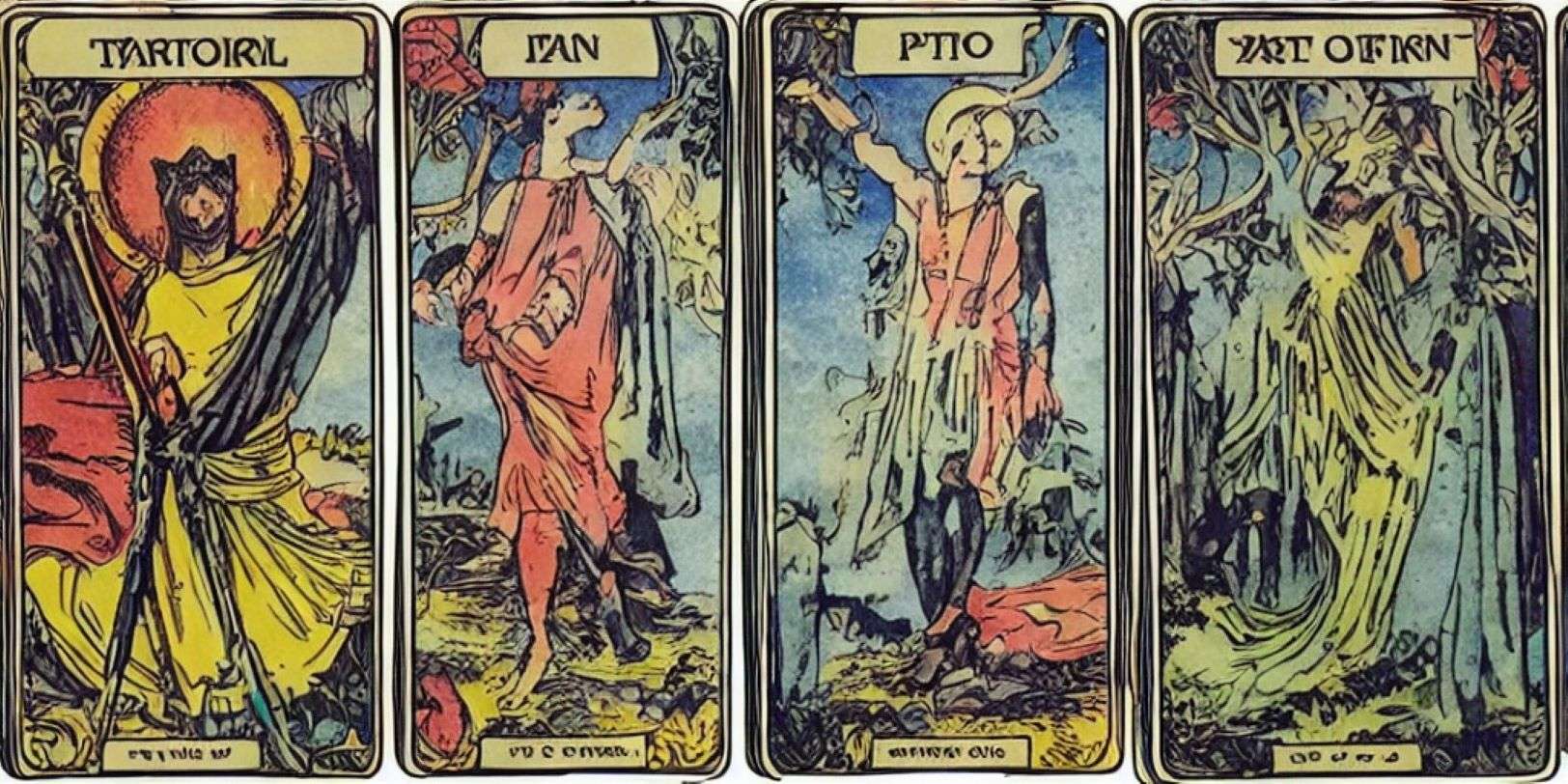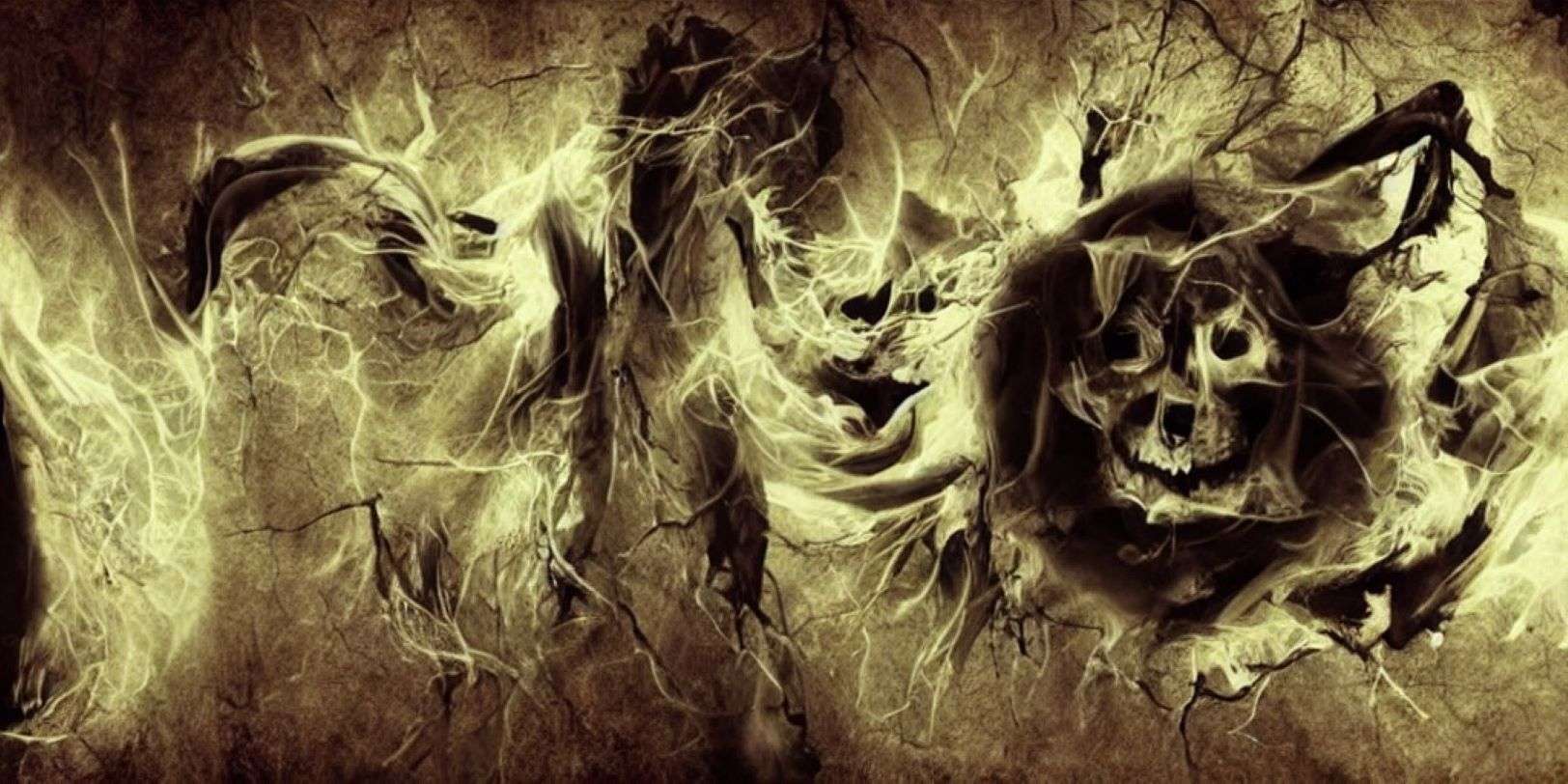Signature Science or Graphology shows your personality – a personal aspect that you present to the world. Every time you sign a piece of paper, you are making a statement to yourself and the rest of the world, saying, “Look, this is who I am. I want you to think the same about me. It’s the way I want to be seen and known. It doesn’t matter what my natural personality is.”
Signature analysis is a fascinating method through which you can learn about someone’s way of thinking, nature, future, past, and current issues by analyzing their signature. Yes, someone’s signature can reveal all the secrets of their life, making it easier to engage in careers, business deals, or other transactions.
What does signature analysis reveal?
A signature reveals how a person behaves publicly and how they manage or control themselves. Generally, I don’t analyze a signature until there is a sample of their handwriting with it.
For example, a woman can show people a picture of her happy life with a constant artificial smile. But whether she is genuinely happy or not will only be known when you analyze her signature. Is her smile genuine? A signature analyst can verify it. In simple words, a signature is the “external personality.” While your internal personality is distinct from your handwriting, a signature indicates the desire of the signer to influence others in a certain way consciously.
Top of Form
Here are some examples :
Example 1: In a light-pressure handwriting, matching a heavy-pressure signature is a contradiction. Analysis of such signatures reveals that the external personality is solid/aggressive, yet the internal person is sensitive.
Example 2: Similarly, when a signature slants to the right and the handwriting slants to the left, the person’s external personality appears warmer and friendlier compared to their internal personality. As you can understand, some people sign their signatures differently to conceal their internal personality and present a different image. Signature analysis helps in understanding the difference between someone’s internal and external personality. Therefore, I would expect you not to analyze the signature separately. Always request a sample of the handwriting, no matter how small it may be. If you analyze different signatures and writings, it is possible that you may be wrong about the author’s personality.
What are the benefits of changing a harmful signature?
In her famous book “Handwriting: A Key to Personality,” renowned graphologist Clara Roman writes: “Personal name writing [signature] develops at a young age because even very young children need this kind of display. They practice it on every piece of paper they come across. In their quest for a special identity, they may attempt to imitate their father’s or another adult’s signature because they desire to identify with an ideal personality or find an outlet for their imaginative creations.”
Clara Roman states that many of us may have chosen our signatures long ago in our lives. We liked the combination of strokes, and that’s how we decided our signatures should look. Unknowingly, we have determined how we wanted to present ourselves to the world during adolescence. However, using an adult-like signature may not be a good idea. This is because the needs, responsibilities, and obligations of an adolescent are very different from those of an adult. An adolescent has lower-level responsibilities and a narrow perspective of life and the world. On the other hand, an adult has relatively greater responsibilities and sometimes needs to adjust and expand their perspective based on circumstances.
You can understand this through an example:
By the age of 15, almost all my needs were fulfilled by my parents. I got whatever I wanted from them whenever I wished. In reality, I didn’t get what I truly desired, so I threw tantrums. I never felt the need to adjust to nature. I didn’t even know what lifestyle adjustment meant. Clearly, with such behavior, it will be difficult for me to survive in the adult world because people around me won’t love me as much as my parents do; they won’t be as forgiving as my parents. In short, people have no reason to tolerate my tantrums. In fact, if I, as an adult, also exhibit the nature, behavior, and carelessness of an adolescent, I will certainly lose my friends. Similarly, if you were a person in your adolescent years who easily acquired things, now it is in your best interest to leave behind this sense of entitlement as you grow up. Otherwise, there is a possibility that you won’t demonstrate patience when faced with a situation, and the likelihood of… (the response was cut off)
What is Handwriting Analysis? Handwriting analysis is a branch of graphology that examines a person’s signature to understand their public persona in relation to their overall handwriting. Handwriting and signature analysis provide a detailed study that helps interpret certain traits and characteristics of an individual. Some types of signatures that one should avoid are mentioned below. If you are learning to create a signature, you can use the signature tips below to know what to avoid in your new signature.
#1. Strike-through Signature:
According to handwriting analysis, signatures with strike-through strokes indicate self-criticism and a tendency to punish oneself. If your signature contains horizontal or vertical strike-through strokes, it’s advisable to eliminate them.
#2. Deceptive Signature:
At first glance, this signature looks clear and unambiguous, with no twisted strokes present. However, upon closer examination, one can identify problems in the enclosed space around the complete signature. Deceptive signatures reveal that the writer is an emotionally sensitive individual. Handwriting analysis shows that the circular motion suggests that the writer constructs protective beliefs and religiously adheres to them. The enclosed loops around the first name indicate that the writer often becomes defensively reclusive and tends to be more self-protective.
In my 24 years of experience, I have found that individuals with such deceptive signatures tend to create protective circles as a shield against emotional pain and sudden shocks. They have difficulties in making friends because they are not open to others. They are afraid of being hurt emotionally. If your signature has such a protective shield, get rid of it. The results will surprise you.
#3. Tiny Signature:
A very small signature indicates a lack of self-confidence in performing everyday tasks. People with such signatures do not expect respect, favor, or praise from others. According to handwriting analysis, if a tiny signature coexists with other handwriting strokes, such as short T-bars and tiny personal pronouns, it indicates low self-esteem. Such individuals are hesitant to express their thoughts openly. If you have this type of signature, consider making it slightly larger.
#4. Trace-Back Signature:
By now, I have met individuals whose final stroke of the signature points backward – from right to left. The reading of this signature is called a “trace-back” signature. Such people practically live in their past. They mostly fail to let go of anything connected to their past—it doesn’t matter whether it is good or bad.
A garment exporter, whom I met for signature analysis many years ago, kept talking most of the time about how bad his previous clothing business was and how despite his efforts, it failed. I tried discussing his current business in between, which seemed to be doing well. But after a minute or two, he would go back to the old one. Clearly, he was living in the past. If you also have similar signatures, draw a line from left to right or eliminate it entirely.
#5. Written Signature:
This is one of the most common signatures. According to signature analysis, people with this type of signature are quick and careless with details. Signature analysis suggests that people with scribbled signatures tend to avoid commitments. When asked to explain their scribble, they say, “I have to sign a hundred times a day. I can’t write my full name…” Doctors have also made this argument.
People write their signatures (scribbled signatures) for two reasons: first, their minds are faster than their hands. Second, they are clear individuals who indirectly tell others, “Look, I don’t care if you can read my handwriting or not. I am so busy that I have no time to bother you or listen to whatever you have to say. I don’t have spare time for you.”
According to signature analysis, people with this type of mark tend to blame others for things that happen in their lives. The scribbling habit sometimes leads to complete invalidation of the signature. We have included the illegibility factor in the analysis of Donald Trump’s signature. When your signature is illegible, your transparency level is affected. If you have this type of signature, write your full name. It may slow down your writing a bit, but you’ll manage everything.
#6. Extra Stroke in the Signature:
Many people unintentionally add an extra stroke to their signature, especially when writing ‘m’ or ‘n.’ The pen keeps moving, causing the letters to become longer than their original form. According to signature analysis, you should avoid the extra stroke. (For example, Emma and Thomas have an extra ‘m’ stroke.)
Signature analysis says that if there are repeated strokes in the signature, it means the person gets lost in unnecessary and insignificant activities that won’t yield any return on the energy, time, and money spent on them. If you have this type of signature, change it.
#7. Cut-off in the Lower Area:
One of the most common problems while signing is mainly because most people sign in a hurry. It may look like a typical signature, but it’s not. Signature analysis says that an incomplete or fully cut-off lower area in this type of signature is not correct.
According to signature analysis, if an underline stroke cuts off the lower area’s letters, it means the person is quite strict with themselves and doesn’t easily forgive themselves. If you have this type of signature, draw the line.
#8. Drop in the Last Letter:
If the base line of the last letter suddenly drops towards the end while signing, it indicates that the writer has been weighed down by feelings of disappointment. The drop in the signature also signifies that the person is struggling with some serious emotional conflict and is now trying to detach from it. If you have a drop in your signature, work on overcoming those emotions.
#9. Scribble at the end:
According to signature analysis, such writers are often poor finishers. Such signatures indicate that they fail to give the final push while completing a task, resulting in lower success rates. You should avoid haste in the final part of your signature. In other words, such a person will continue to do a task with great enthusiasm and dedication. However, as soon as they reach the finish line like a rabbit, they become satisfied and slow down. Consequently, they do not complete what they started. Scribbling at the end of the signature also suggests that the person’s self-confidence diminishes towards the end of their work. If you do not want to be recognized as someone who easily gives up, change your signature.
#10. Swollen lower zone:
The swollen loop in the letters Y and g indicates that the writer craves materialistic pleasures, especially wealth and sex. Before deciding to enlarge the loops in your lower-zone letters, I must tell you that most desires often remain unfulfilled as they keep arising anew. If your signature has a swollen loop in the lower zone, reduce its size.
#11. Signature in capital letters:
The reading of signatures made in capital letters indicates that such writers have a counterfeit sense of superiority. A person who writes in full capital letters does not prefer to share much and suppresses their emotions. When signatures are in all capital letters, it signifies that the writer presents themselves as superior to others. According to signature analysis, this display of superiority is a way for them to hide their weaknesses and insecurities. Such individuals are egotistical in their public life. Leaving a mark on others is paramount for them. Avoid signing in all caps.
#12. First capital letter in the signature:
When the first letter of the signature is unusually tall and large compared to the rest of the handwriting, it indicates that the writer is arrogant when angry. According to signature analysis, individuals with very large signatures are often gasconaders. These people overstate and exaggerate their abilities, and they keep talking about their imaginary achievements. In many cases, those who make such signatures are unaware that people around them dislike them due to their boasting nature. Reduce the size of the first letter.
#13. Absence of i-dots:
In the signature In handwriting analysis, an i-dot is considered very important as it indicates the level of attention, accuracy, memory, and concentration of the writer. In signature analysis, the absence of i-dots, when dots are missing from any signature, signifies that the writer tends to be disorganized and lacks accuracy. The writer overlooks details, increasing the likelihood of errors. If even fewer i-dots are present in the handwriting, it means that the writer is a scatterbrain, someone who should not be entrusted with detail-oriented tasks such as bookkeeping. “The absence of i-dots reflects a lack of attention, inattentiveness, forgetfulness of responsibilities, critical understanding, lack of interest, indifference, lack of order, accuracy, and precision.” It is not based on factual conclusions but wanders and accepts impulsiveness, carelessness, and inconsistency.
#14. Long Initial Stroke in Signature
According to signature analysis, a long additional stroke starting from below the baseline indicates a higher likelihood of leaving a negative impact during job interviews or meetings for the signer. The strokes starting below the baseline suggest unresolved feelings of anger and resentment within the signer. If you have this in your signature, it is advisable to remove it immediately. If you would like us to review your signature, please send us a message.
Bottom of Form
Why do we use it?
Now, you understand well what is missing in your signature. If your signature matches any of the patterns mentioned above, you should definitely consider changing it. Remember, if your signature is not well-crafted, it can give others the wrong impression about you and send incorrect or conflicting signals.
If you want assistance in correcting your signature from the right choice experts, then contact us for signature analysis.

